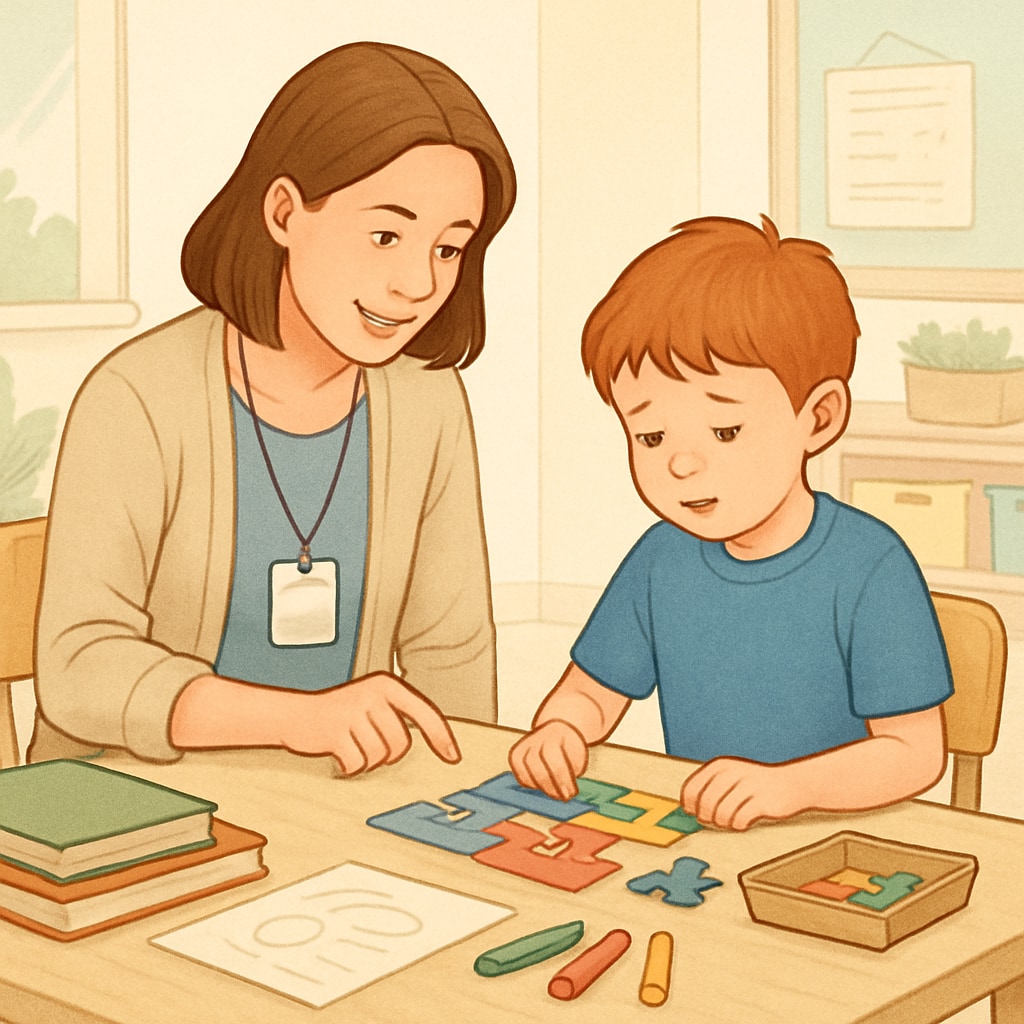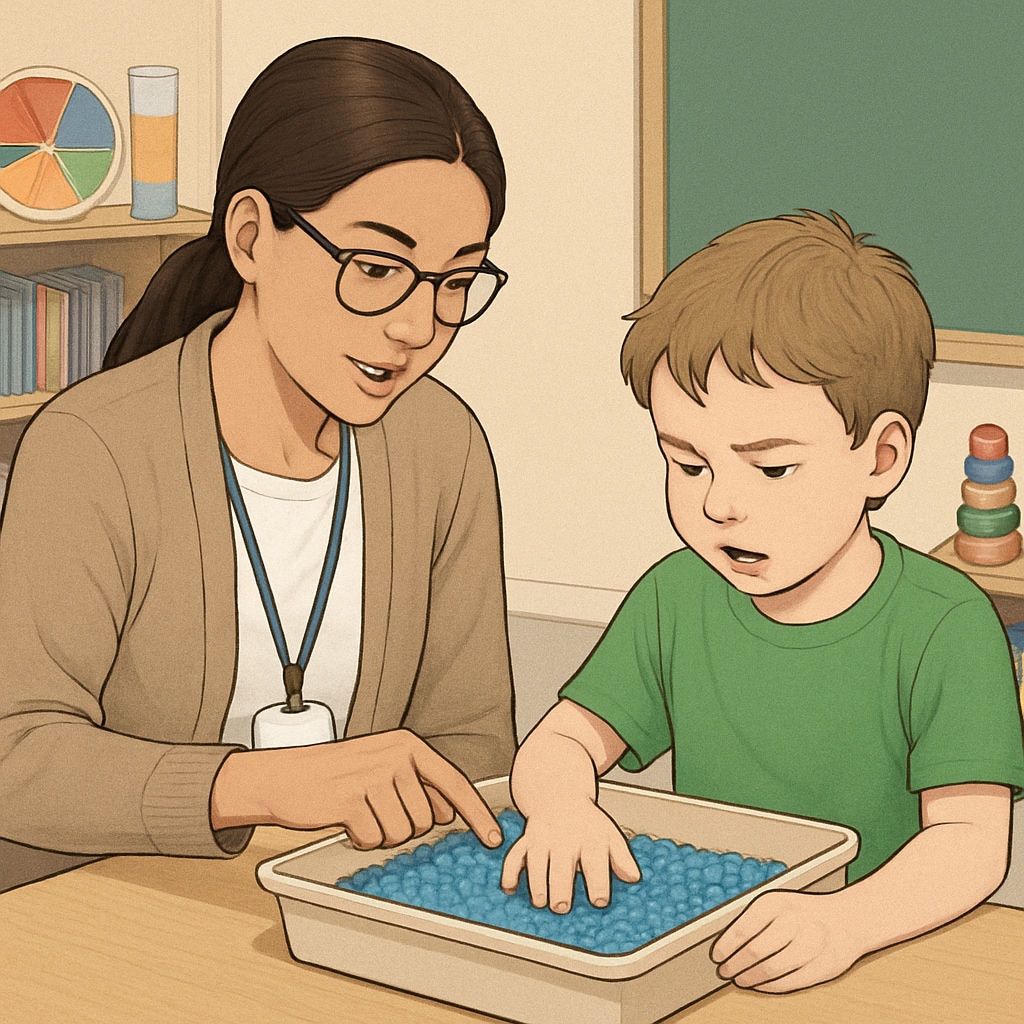The field of special education requires a unique set of skills, especially when working with children on the autism spectrum. Teacher assistants play a critical role in fostering a supportive environment for these children. By understanding their needs and preparing effectively for interactions, educators can create meaningful connections. This article outlines practical tips and strategies to help teacher assistants succeed in special education settings.
Understanding the Autism Spectrum and Its Challenges
Children on the autism spectrum exhibit a wide range of behaviors, communication styles, and social preferences. For educators, this diversity can be both challenging and rewarding. Recognizing that each child is unique is the first step toward building trust and connection.
In addition to communication challenges, children with autism may experience sensory sensitivities or struggle with changes in routine. Teacher assistants must adopt flexible, patient, and empathetic approaches to meet these needs effectively.

Preparing to Work with Children on the Autism Spectrum
Preparation is key to providing effective support in a special education setting. Here are some actionable steps for teacher assistants:
- Learn the child’s profile: Collaborate with the lead teacher to understand the child’s strengths, needs, and triggers.
- Familiarize yourself with tools: Many children with autism benefit from visual aids, sensory tools, or structured schedules.
- Develop a calm demeanor: Children can sense stress. Remaining calm and consistent helps create a safe environment.
For more information on autism spectrum disorders, you can visit the Autism Speaks website.
Building Meaningful Connections in the Classroom
Once prepared, teacher assistants can focus on fostering meaningful relationships. Here are some tips:
- Use clear communication: Simplify instructions and use visual cues when needed.
- Respect boundaries: Some children may prefer limited physical contact or need personal space.
- Celebrate small victories: Recognize and celebrate progress, no matter how small.

Collaboration and Continuous Learning
Special education is a team effort. Teacher assistants should work closely with lead teachers, therapists, and parents to ensure consistency in the child’s learning experience. Regular training and workshops can also help teacher assistants stay updated on the latest strategies.
In addition, organizations like The Autism Society offer valuable resources for professional development and support.
By committing to ongoing learning and collaboration, teacher assistants can not only enhance their skills but also make a lasting impact on the lives of children with autism.
Readability guidance: This article uses short paragraphs and lists to present key points clearly. Transition words such as “in addition,” “for example,” and “as a result” are used to ensure a smooth flow. The tips provided are actionable, and external links lead to reliable sources for further reading.


